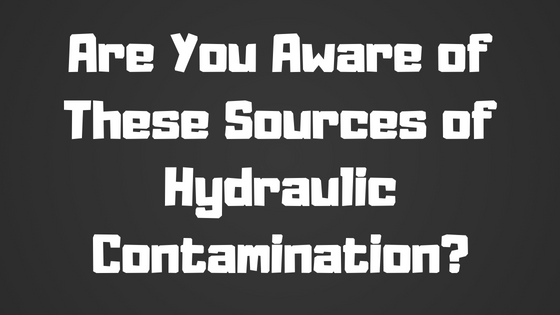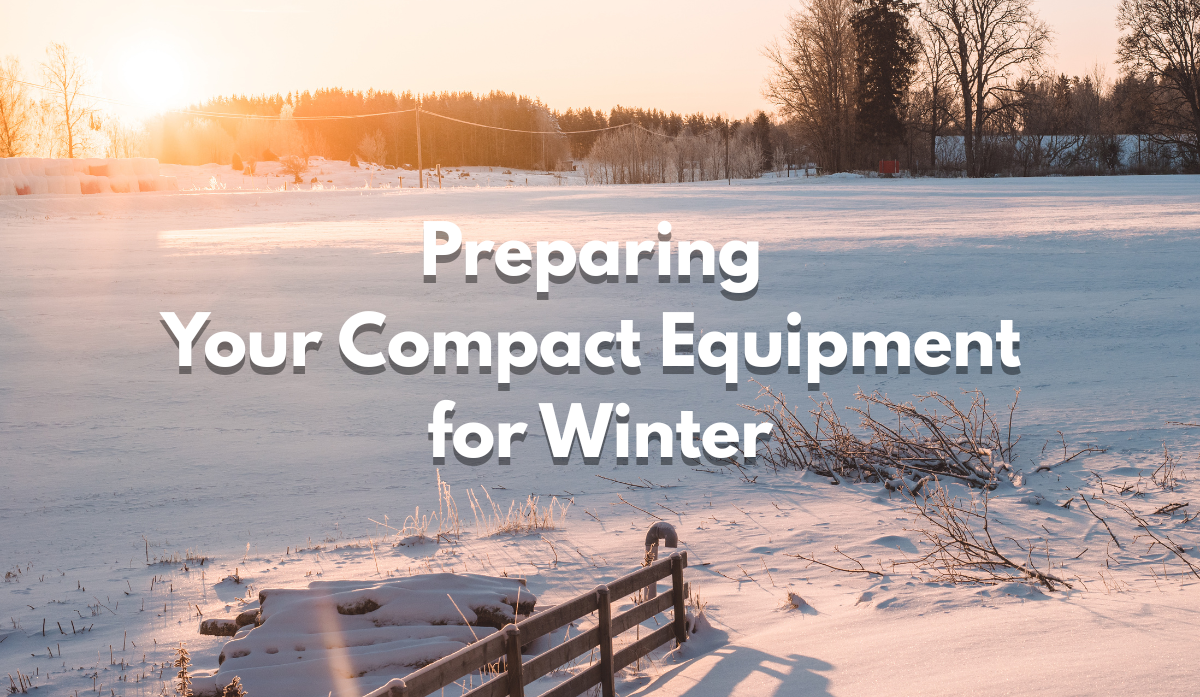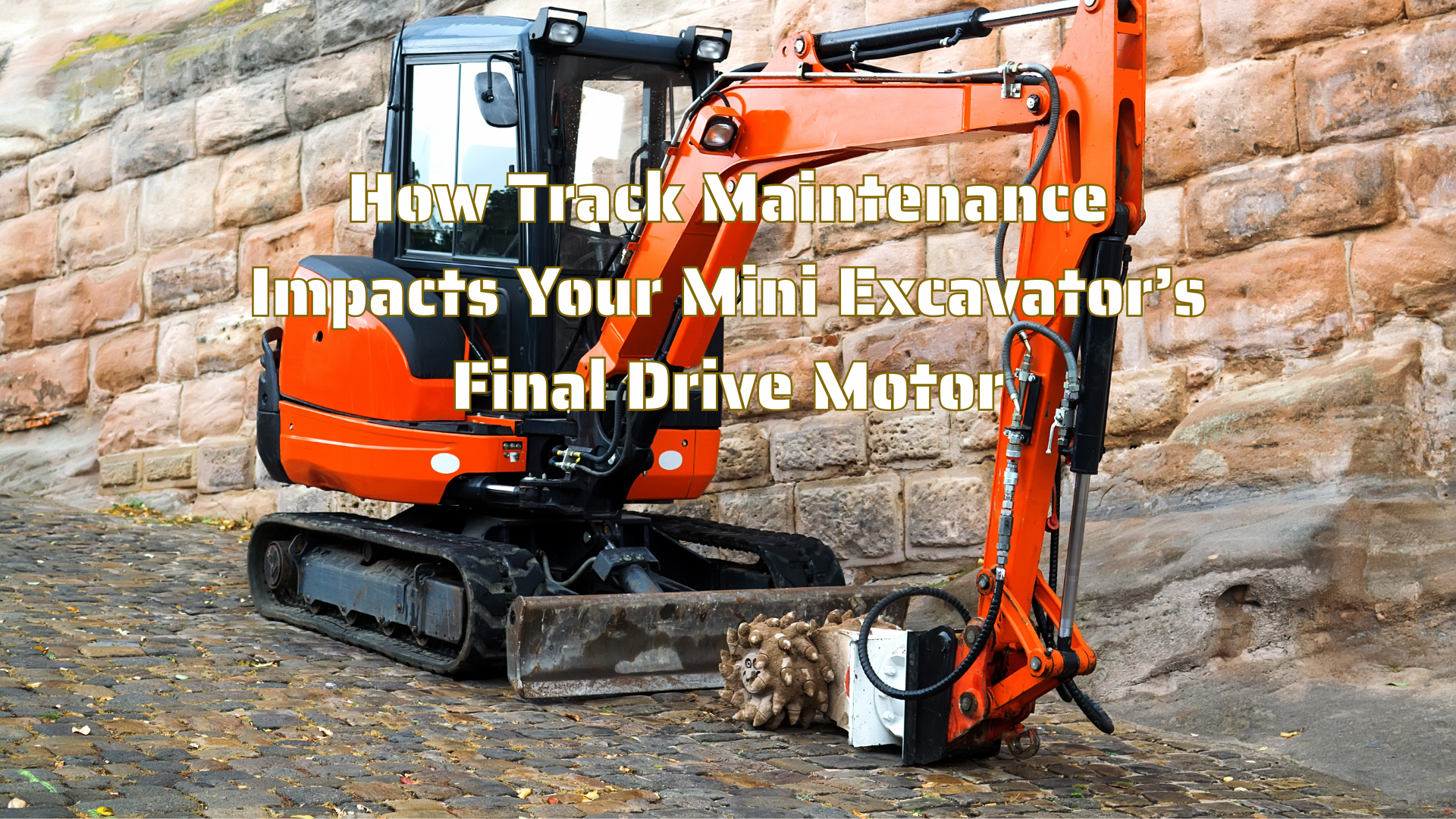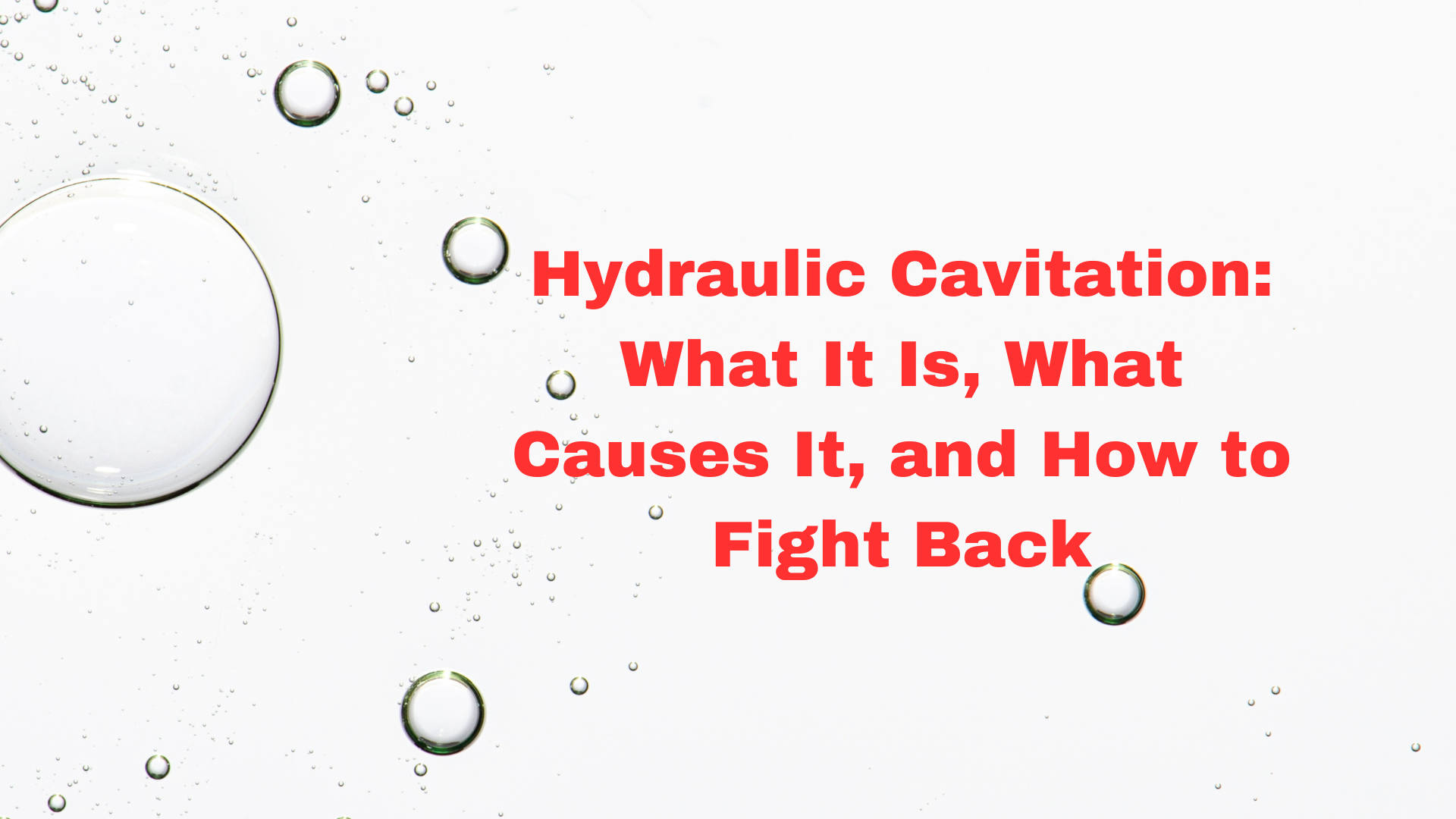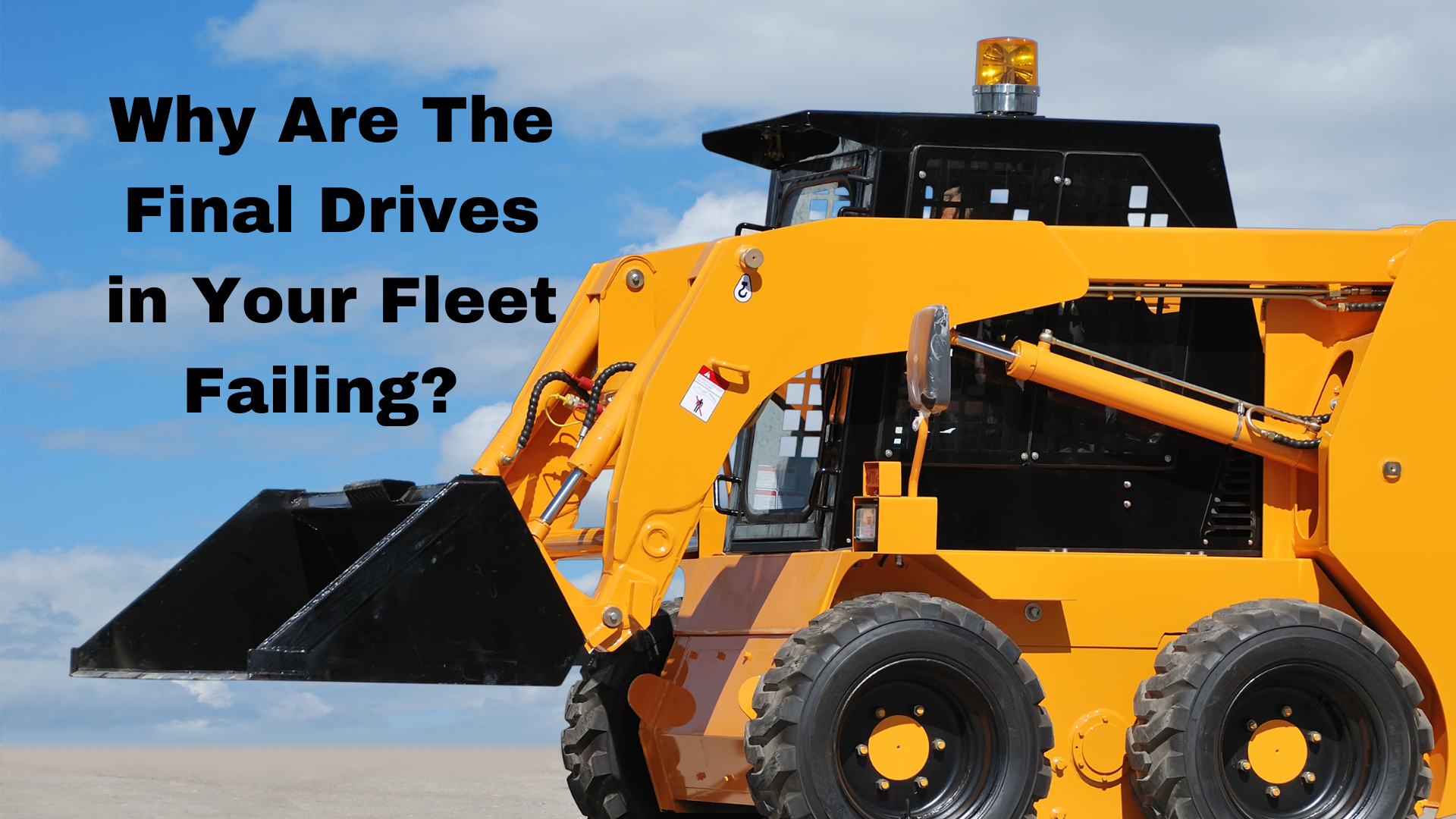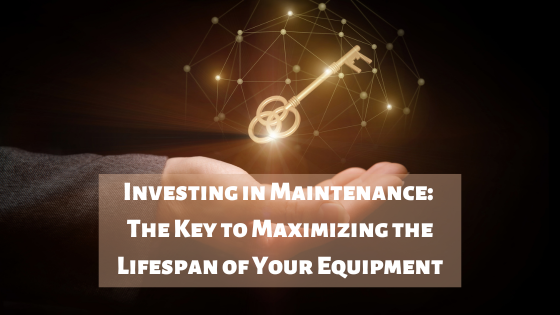Are You Aware of These Sources of Hydraulic Contamination?
Aug 20th 2018
The Danger of Contaminants in Your Final Drive
The video you just saw with a final drive off a Bobcat 331 shows what happens when contaminants get into your final drive – and how expensive it is to repair! We know contamination in a hydraulic system can be a nightmare, but many equipment owners don’t realize all the different sources of contamination there are. Let’s take a look at what kind of contaminants might be lurking around your hydraulic system, and what you can do about them.
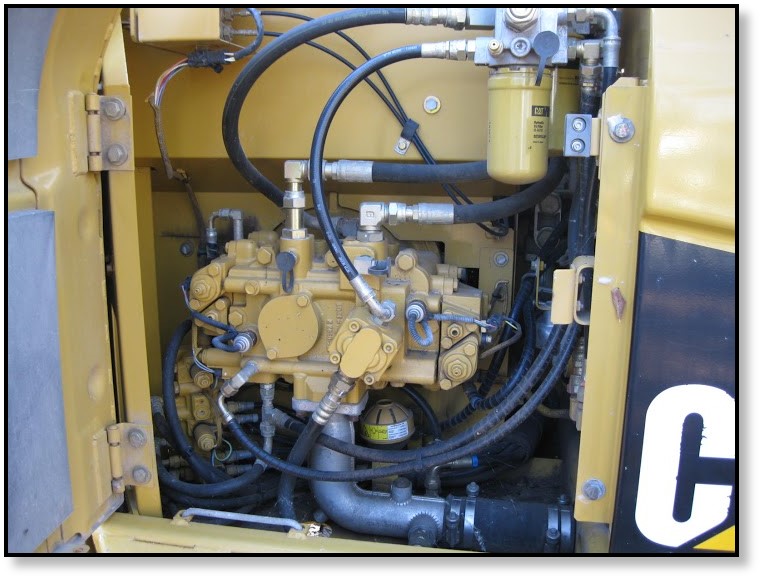
Types of Contaminants in Hydraulic Systems
There are contaminants that can enter the hydraulic system during manufacturing and assembly of the components. This means that even brand new equipment can have contaminants already in the hydraulic system. These contaminants include things like casting sand, pipe sealant, paint, weld splatters, debris, and fibers from rags used for cleaning. Contamination can also enter during routine service and maintenance.
Did you know there can be contamination in the hydraulic fluid itself? That means new fluid might already have contaminants in it. It typically takes the form of particulate matter, and can be addressed by filtering the hydraulic fluid before you add it to your equipment. There are also contaminants that make their way into the system through things like broken air breathers, wipers, pitted shafts, and damaged seals. Generated contamination refers to the type of contamination that causes major problems like corrosion, cavitation, abrasion, and erosion. It develops as smaller contaminant particles begin to generate larger particles.
Another type of contamination is a bit trickier to track down: catalytic contamination. This term refers to contaminants that aren’t solid, like water, heat, or air. Catalytic contaminants can react with other contaminants in the hydraulic fluid and cause serious issues.
What Can You Do About Contaminants?
All of these contaminants can have a negative effect on the performance of your equipment, and can even lead to major, costly repairs. You can’t do much about contaminants that are leftovers of manufacturing and assembly, but you can take the time to filter your hydraulic fluid before adding to your system to keep the particulate matter out.
You can also regularly check the seals, and replace them as needed — don’t delay if they show signs of damage or leakage. Be very careful to keep them clean when installing, too. Also,take care anytime you detach hydraulic hoses from your system.
Make sure to check your filters regularly, including your case drain filter. That will help prevent generated contamination. Regularly changing your hydraulic fluid according to manufacturer’s recommendations can help with both generated and catalytic contamination, as well as what results from it.
Here’s another important thing to keep in mind: if you have a leak, that means fluids can get out; if fluids can get out, contaminants can get in. Don’t address leaks by just topping off the fluid. Track down that leak and get it fixed before you do serious damage to your equipment.
Importance of Regular Excavator Maintenance
Once again we would like to emphasize the importance of regular, routine maintenance that involves checking and changing out the hydraulic fluid in your system. The time spent in maintenance is nothing compared to the downtime you can experience when the machine goes down!

